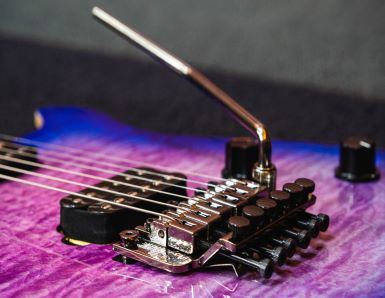Classical Guitar vs. Acoustic Guitar: 14 Differences & Similarities
Disclaimer: The information in this article is provided by the guest blogger and does not necessarily reflect the views and opinions of guitarguitar.
On the surface level, a classical guitar and a standard steel string acoustic guitar don’t look too different. But the reality is that they are built entirely differently from each other and are used for different purposes.
If you are debating whether to purchase a classical guitar or an acoustic guitar, you have come to the right place! In this article, I will break down all the similarities and differences between classical and acoustic guitars so that you can make the most informed decision. Ready to start strumming? Let’s get straight to it!
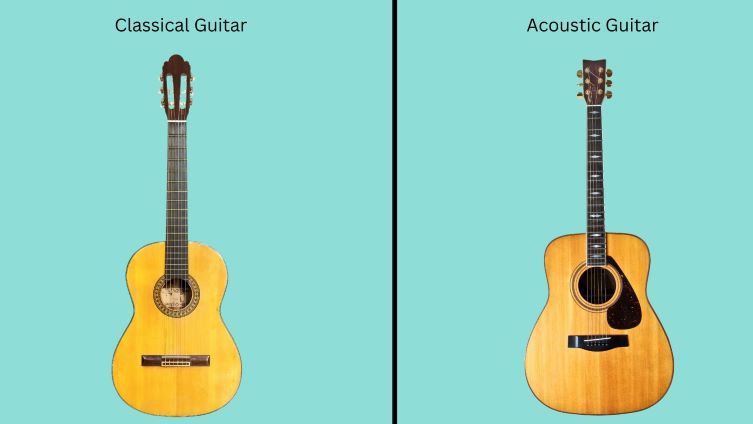
Major Differences Between Classical and Steel String Acoustic Guitars
Classical and steel string guitars are two popular types of acoustic guitars, meaning they produce their own sound and are primarily played without an amplifier. While they do have some obvious similarities, there are some important differences to keep in mind. Let’s take a look at some of the main ways classical and steel string acoustics differ from each other.
1. Body Size and Shape
Classical and acoustic guitars have a similar body shape and are around the same size, but there can be some major differences:
- Classical guitars are usually slightly smaller, with smaller shoulders and a thinner body. Additionally, while acoustic guitars can come in several shapes and sizes, classical guitars are relatively uniform.
- The most common type of steel string acoustic guitar is the dreadnought design, which is large with wide shoulders and has a loud, robust tone.
2. Strings
The most apparent difference between these two types of acoustic guitars is their strings. Classical guitars traditionally use nylon strings, which have a warmer and softer sound. On the other hand, steel string acoustics use steel strings, which have a louder and brighter sound.
If you are a fingerstyle guitarist who wants to have as much dynamic control over your instrument, nylon strings are your best bet. If you prefer playing with a guitar pick, you should definitely go with a steel string acoustic.
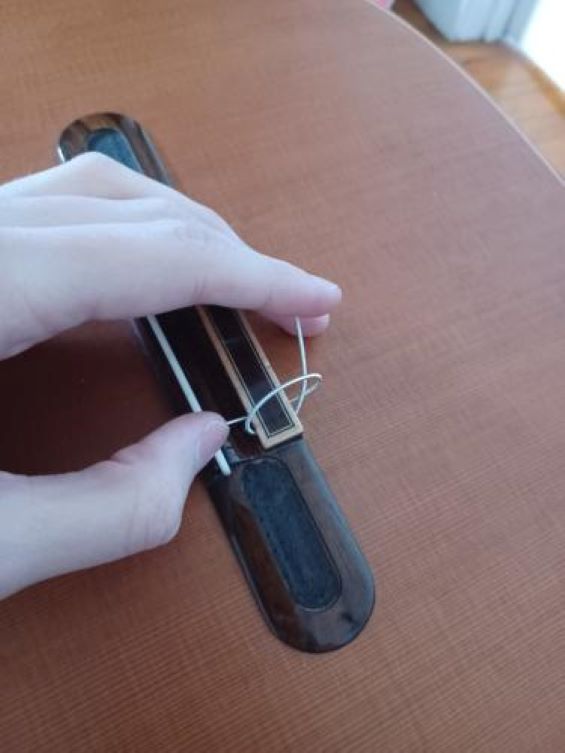
3. Construction
Besides the body shape and strings, the overall construction of classical guitars is also very different from their steel string counterparts.
4. Neck
Let’s start with the most glaring difference in the construction: the neck.
- Classical guitar necks are much wider than acoustic guitar necks. This design is to allow you to press down on individual strings without coming into contact with other strings.
- Steel string acoustic guitars have narrower necks, making switching between chord shapes easier.
- Nylon string guitars also lack fretboard markers, so if you are a beginner and rely on these markers, you may consider adding White-Out or stickers to mark the frets.
5. Bridge
Another notable difference in the construction of these two types of guitars is the bridge.
The bridge on classical guitars is unique. It is essentially a flat wooden strip under the soundhole with a distinctive tie-block with 6 holes passing through it where the strings are fastened in knots. Changing classical guitar strings is a complex process that can take time to perfect, but practice makes perfect!
Standard acoustic bridges are much more simple. The strings each have a designated mounting hole and a bridge pin that secures the string in place.

6. Headstock
The final major construction difference between acoustic and classical guitars is the headstock.
Acoustic guitars have a solid headstock. The tuning pegs are made completely of metal on steel string guitars stick out to the sides, and the strings are attached to a vertical bar.
On the other hand, classical guitars have two distinctive slots with horizontal bars that the strings are tied to. The tuning pegs face away from the face of the guitar and are typically made of a mixture of plastic and metal parts.

7. Playing Style
Nylon string acoustics are commonly used for genres such as classical, flamenco, folk, country, and other softer guitar styles. They are your best bet for fingerstyle playing and soft strumming, but they won’t perform as well for power chords or fast strumming. Additionally, they don’t generally sound the best with guitar picks. In fact, most classical guitars don’t come with a pickguard, so it is best to avoid using a pick.
Steel string acoustics are extremely versatile and popular in a wide variety of genres and playing styles. These guitars can be used in everything from rock, blues, country, folk, jazz, or even acoustic heavy metal tracks! Steel string guitars aren’t the best option for classical music, though they can be played finger-style. Just prepare to build some hefty calluses!
8. Sound
The metal strings and larger body construction of steel string acoustics produce a bright and robust tone that gives the guitar a modern sound. Of course, the type of strings you use and the individual guitar will also affect the tone, but generally, they are more aligned with modern music styles.
Classical guitars are mellow sounding and do not generally play as loudly as steel string guitars. The nylon strings give them a warm tone, though guitarists can make the tone brighter by playing closer to the bridge. Nylon strings guitars are not ideal for a full band setting as they can easily get drowned out by other instruments.
9. Difficulty
When it comes to difficulty, both acoustic and classical guitars have challenges. Nylon string acoustics have a wider neck, which can be a lot trickier for beginners. Additionally, classical guitar music tends to be more challenging and technique-based than rock, pop, or country guitar.
That said, one major saving grace for nylon string guitars is that the strings are much easier on newbie guitarists’ fingers. Steel string acoustics have higher action, and metal strings can be very harsh on your fingers.
When it comes down to it, classical and steel string acoustics are the same instrument, so the difference in difficulty is not drastic.
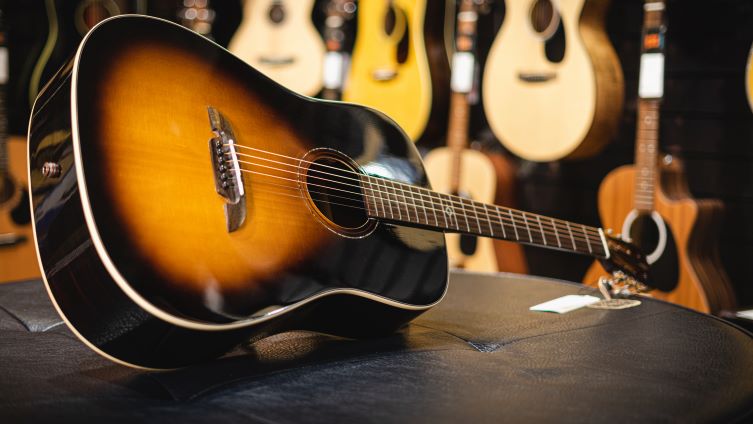
Similarities Between Classical and Acoustic Guitars
As you can see, there are several significant differences between classical and acoustic guitars. However, in the end, they are the same instrument, so there are bound to be some apparent similarities. Here are some ways that nylon and steel string guitars are alike.
1. Both are Designed to be Played Without an Amp
As I mentioned above, classical and steel string guitars are two different types of acoustic guitars. This means that both guitars produce their own sound and do not need any amplification. Of course, many musicians use electric acoustic guitars that can be played acoustically or plugged in, but it isn’t a necessity as it is with electric guitars.
2. Same Tuning and Number of Strings
Classical and steel string acoustics both have six strings traditionally tuned to E-A-D-G-B-E. This makes it easy for a classical guitarist to play a steel string acoustic guitar and vice versa. There are many transferable skills and techniques that will work on both types of guitar since the number of strings and tuning is the same.
3. Similar Body Shape
Above, I discussed the differences in the size and shape of acoustic and classical guitars, but at first glance, they look pretty similar. Both classical and steel-string acoustic guitars have hollow bodies with rounded bodies and shoulders. They also both have a circular soundhole in the middle of the body. Acoustics are a bit larger with slightly squared-off features, and classical guitars have a rounder figure 8 shape, but when it comes down to it, they look very similar.
4. Both Are Popular with Fingerstyle Guitarists
It is common for guitarists to play fingerstyle with both nylon and steel string guitars. Classical guitars are traditionally designed to be played with your fingers. In fact, many classical guitarists grow out and groom their fingernails to improve their tone and volume. It is also common for folk, country, and indie guitarists to play fingerstyle on steel-string guitars. You tend to have more variety in playing styles with steel string guitars, as you can use a plectrum (guitar pick) or play with your fingers.
5. Price
As with any instrument, there is a pretty wide price range for both acoustic and classical guitars. At a professional level, both types can easily catch price tags in the thousands. But, when I look at the entry-level prices for nylon and steel string guitars, they are fairly equal.
In general, you expect to pay between £100 to £500 for an entry-level classical or steel string guitar. Mid-level instruments tend to run between £500 and £1,000.
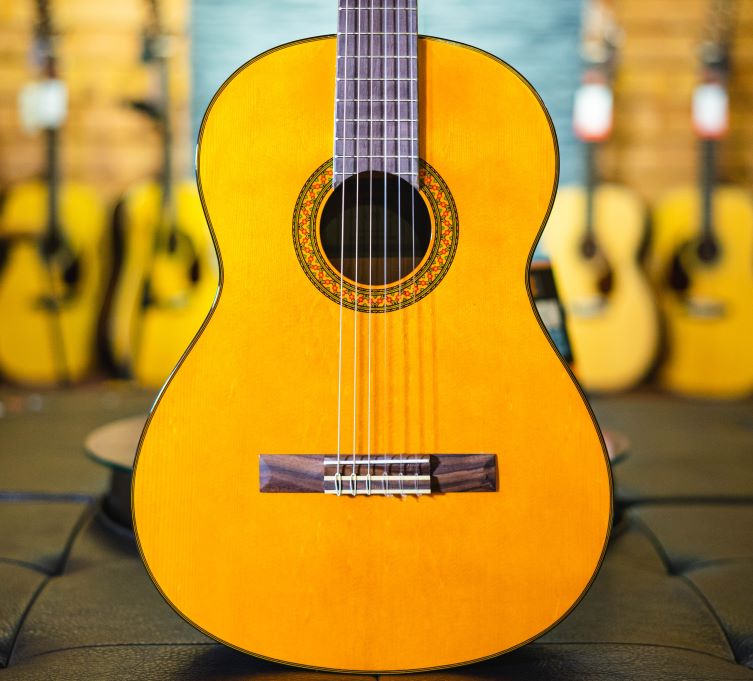
Conclusion
There you have it! All your questions answered on the differences between classical and acoustic guitars. Classical guitars, the oldest type of guitar, are perfect for those learning Spanish or classical guitar music. The nylon strings also have a warm and unique tone that some modern guitarists even prefer. On the other hand, steel string acoustics are more versatile and can serve a wider variety of genres. Both guitar types are excellent options, and the choice ultimately falls on your personal preference!
Author: Lev Baker
Bio: Lev is a guitarist and bass player who has been playing for the past 15 years. He has played in several bands that you have never heard of and has gained extensive knowledge of guitars, guitar equipment, and the music industry. As an outlet for his obsession, he founded Frontman Philosophy, a one-stop shop for guitarists, musicians, and music enthusiasts!






